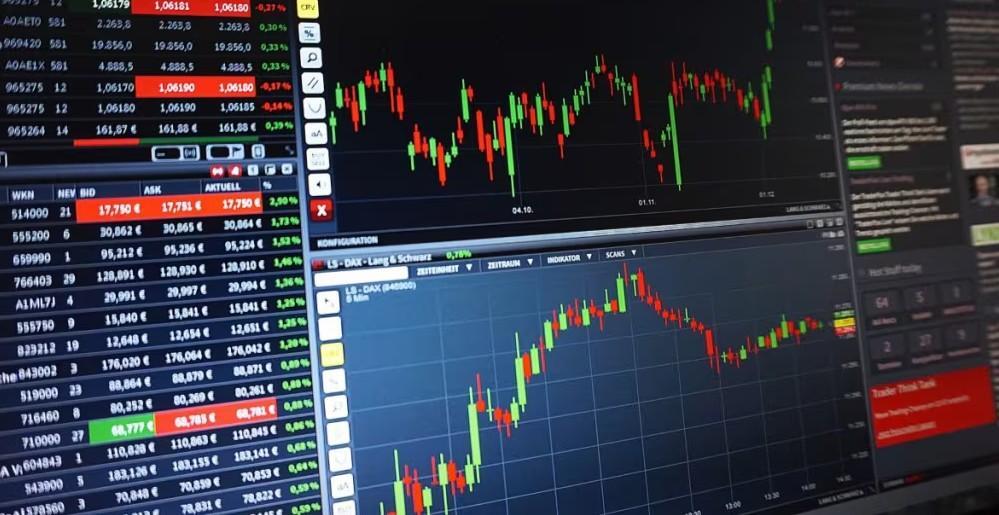
45% Young Indians Prefer Stocks as Main Investment Choice: Report
The Indian stock market has been experiencing a surge in participation from young investors in recent years. According to a new report, nearly 81% of surveyed Indians have invested in the stock market, marking a significant rise in market participation. The report, titled the Investor Behaviour Index (IBI) 2025, was released by StockGro in collaboration with 1Lattice.
One of the most striking findings of the report is the preference of young investors under the age of 35 for stocks as their primary investment choice. A staggering 45% of young Indians have prioritized stocks over traditional savings instruments, such as fixed deposits and real estate. This shift towards stocks is a significant departure from the traditional investment habits of Indians, where savings instruments were once considered the safe and reliable option.
So, what’s driving this trend? Several factors are contributing to this shift. Firstly, the rise of fintech and online trading platforms has made it easier for young investors to access the stock market. Gone are the days of having to physically visit a broker’s office or rely on intermediaries to make trades. With the advent of mobile apps and online platforms, young investors can now trade stocks from the comfort of their own homes.
Secondly, the Indian economy has been experiencing rapid growth in recent years, fuelled by a young and increasingly affluent population. As incomes rise, young Indians are looking for ways to grow their wealth and achieve financial independence. Stocks offer an attractive option for those looking to achieve higher returns than traditional savings instruments.
Thirdly, the Indian government has been taking steps to encourage participation in the stock market. Initiatives such as the Aadhaar-SEBI linkage, which allows citizens to link their Aadhaar cards to their demat accounts, have made it easier for people to invest in the stock market. Additionally, the government’s efforts to promote financial inclusion have helped to increase access to financial services, including stock market participation.
The IBI 2025 report also highlights other interesting trends in investor behavior. For instance, it found that 62% of investors surveyed reported that they had made changes to their investment strategies in the past year, with many opting for a more diversified portfolio. This suggests that investors are becoming more sophisticated and are seeking to reduce risk by spreading their investments across different asset classes.
Another significant finding of the report is the increasing importance of peer-to-peer learning and online communities in shaping investment decisions. The report found that 55% of investors surveyed reported that they had sought advice from friends, family, or online forums before making an investment decision. This suggests that social media and online platforms are playing an increasingly important role in shaping investment decisions.
In conclusion, the IBI 2025 report highlights the significant rise in participation in the Indian stock market, particularly among young investors. The report’s findings suggest that young Indians are increasingly prioritizing stocks as their primary investment choice, driven by factors such as the ease of access to the market, economic growth, and government initiatives. As the Indian economy continues to grow, it will be interesting to see how this trend evolves and whether it continues to shape the investment habits of young Indians.






